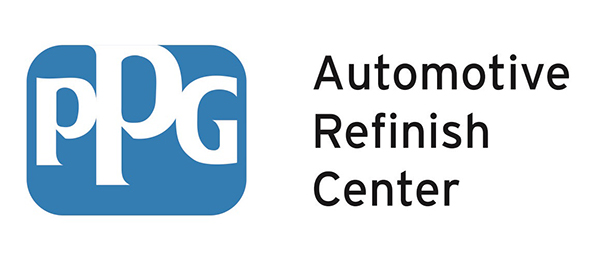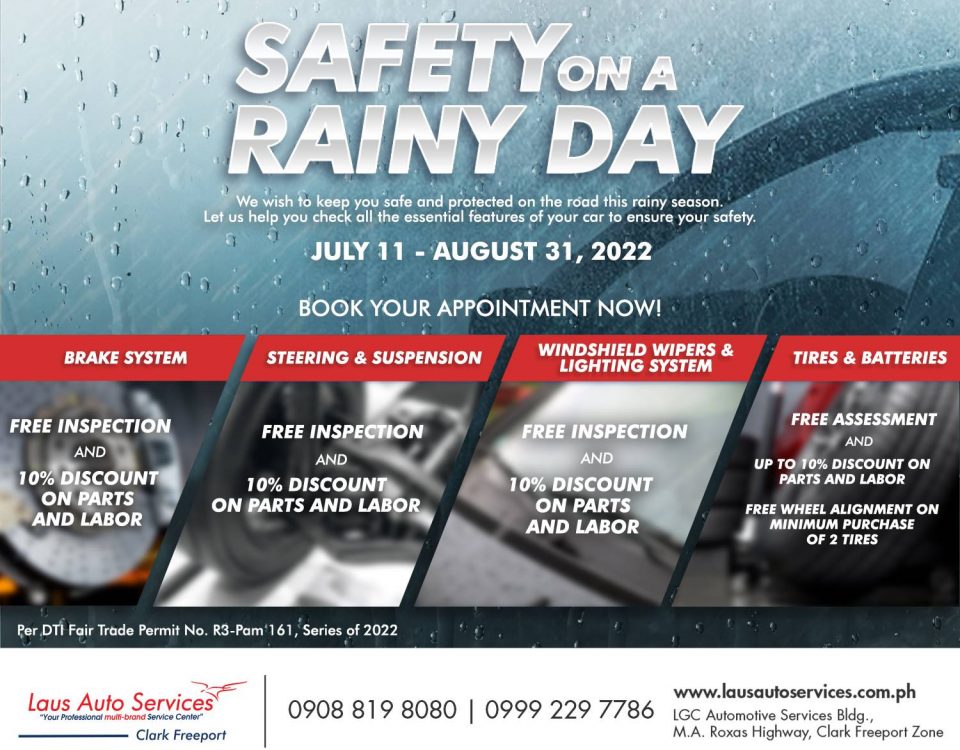
The most advanced collision repair system arrives
February 23, 2017The future of automotive paint is here
Cleaner, economical, and better for the environment are just a few of the reasons why a growing number of assembly plants, auto-body service shops and collision centers are moving into water-based paints.
The waterborne technology is virtually a breath of fresh air in the automotive industry, providing less toxic but highly efficient alternative to conventional solvent-based paints. The technology has actually been in extensive use in the European automotive aftermarket as early as the ’90s but it’s only recently that shops are seeing the impact of such transition to their bottom line.
PPG Industries, the world’s leading coatings and specialty products and services company, is one of the advocates of the technology and was already immersed in it long before VOC compliance became mandatory in the US.
Its waterborne systems, which include the Envirobase High Performance and Aquabase Plus lines, are recognized in the industry for their quality and durability. These products have been granted the Good Housekeeping Seal, a respected symbol of quality in the market today which gives assurance to consumers on the products they purchase.
Today, PPG Industries’ waterborne basecoat systems offer the number one, best-selling technology of its kind.
The PPG waterborne advantage
Aside from being environmentally friendly — generating significantly less volatile organic compounds (VOC) — water-based paints have also proven to deliver superior performance in the arena of automotive coating helping businesses become more cost and labor efficient.
PPG Industries’ waterborne systems offer a slew of advantages that meet the exacting standards and performance demands of the market. Among these are:
Accurate color-matching capability. Solvent-based paints require mechanical mixing, a time-consuming process which, if done without expertise, can result to poor color matches. PPG waterborne systems eliminates this issue with a non-stir, anti-settle technology found in its products. The formula prevents settling or separation of pigments, ensuring consistent and more accurate color matches. Simply shake and pour.
Easier blending. Mottling happens when metallic flakes bunch together as a result of, among other things, using the wrong reducer. With PPG waterborne, achieving “invisible” blends is a lot easier as there’s no more of mottling or color shifts when fading out the color. Also, its formula is less susceptible to dirt and blemishes.
Smaller pigments for higher opacity. One advantage of PPG waterborne pigments is having a thinner application – just half the thickness of solvent-based pigments. This results in greater opacity and enables hiding with thinner films.
Bigger savings. Fewer coats required, quick-drying time and easier cleanup help speed up jobs in shops and can add up to potential savings for businesses. Depending on the paint job, PPG waterborne systems customers will use roughly 25 percent less sprayable base, and 70-90 percent less reducer. That’s approximately 30 percent of potential savings.
Safer for employees and environment. Because water is basically natural and odorless, waterborne paints have none of the toxic fumes which, when inhaled by employees, can harm their health and pollute the air.




